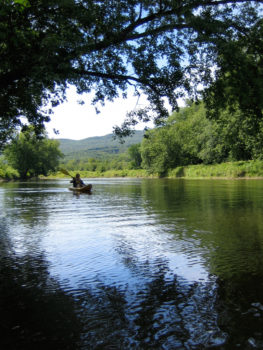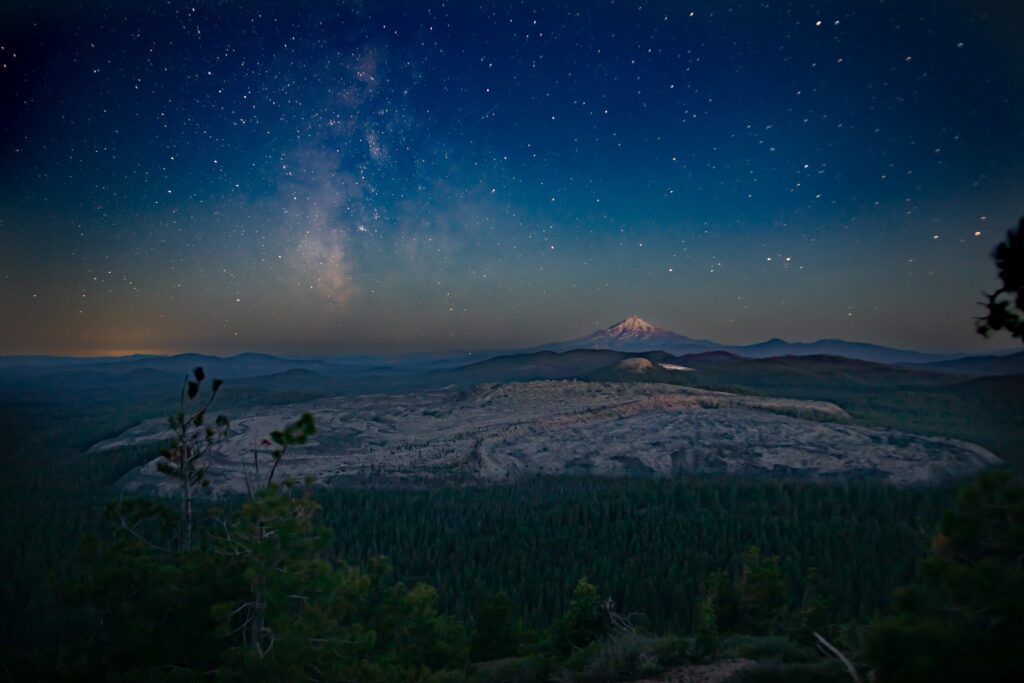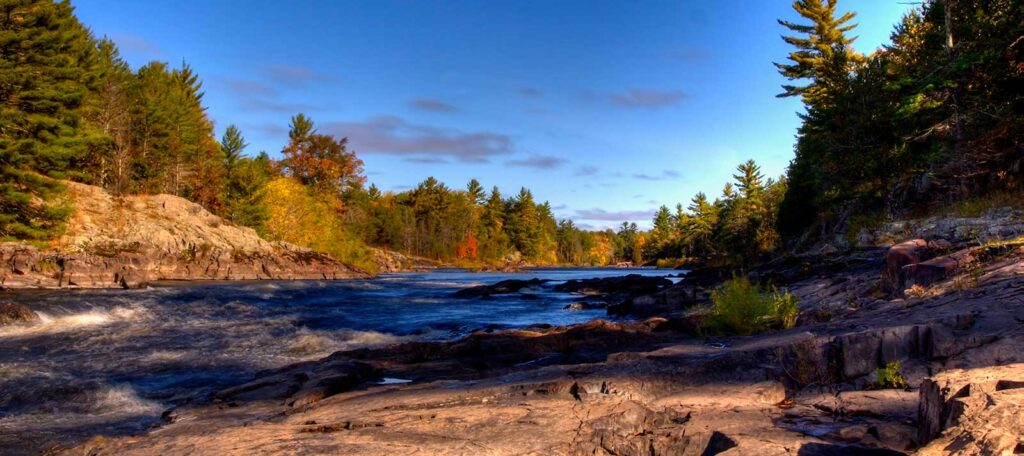![Missiquoi River | Luce Beaulieu [flickrcc]](https://www.americanrivers.org/wp-content/uploads/2015/02/021215-MissisquoiRiver-LuceBeaulieu-flickr-1-1024x456.jpg)
Today we highlight another of the new Wild and Scenic Rivers that were designated recently by Congress. The Missisquoi and Trout Rivers became the first Wild and Scenic Rivers in Vermont. These are another example of the Partnership Rivers model, a collaboration between local communities and the National Park Service to protect and mange Wild and Scenic rivers. Below is the captivating testimony of Chris O’Shea, board member of the Missisquoi River Basin Association who we worked with way back in 2008 in support of the legislation to study the Missisquoi & Trout Rivers for Wild & Scenic River status. His words really capture why communities are fighting to keep their wild and scenic rivers as they are.

Missisquoi River | Luce Beaulieu (flickr)
Thursday, April 24, 2008 at 10 a.m
U.S. House Natural Resources Committee
Good morning. On behalf of the deer, moose, ospreys, beavers, brown trout, loons, brown bears, bobcats, beavers, foxes, bald eagles, snapping turtles, fisher cats, porcupines, mink, ravens, muskrats, coyotes, geese, herons, owls, river otters, and the good people of the ten communities that lie along the Missisquoi and Trout Rivers, I thank you for hearing this testimony on why these two rivers are worthy of study by the National Park Service for possible inclusion in the Wild & Scenic program.
Where these rivers run there are no shopping malls, no big box stores, no multiplexes, no four-lane highways, no gated communities, no stoplights.What’s there, is open spaces of forests and fields, beautiful four-season open space that stretches from Lake Champlain to the Green Mountains and beyond. The defining factor in all that open space is the Missisquoi River, it’s broad flood plain lending itself to agriculture from the time of the Abenakis to the days of Agrimark. In summer it’s a ribbon of green, in winter a frozen white wonder. If you love to hunt or fish, skate or swim, paddle or pedal, you will love where these rivers run.
The Missisquoi, the name comes from the Abenaki term for crooked river, is one of the last watersheds remaining in the United States that is devoted almost entirely to family dairy farming. Even within the boundaries of the villages that the rivers flow through you will find family farms along its fertile banks. And while many will decry agriculture as a major cause of water pollution, it is the main reason the Missisquoi and Trout Rivers are worth the time and money to preserve them and the way of life family farming offers. Agriculture and clean water can co-exist where the people are willing and the necessary funding is available.
There is plenty of pollution, mostly in the form of excessive phosphorous, along these rivers, as our group has documented. Missisquoi Bay, where the river empties into Lake Champlain eighty miles from its headwaters, is impaired and the current object of a multi-million dollar federal Clean & Clear clean-up program.
None of the ten villages along these two rivers has more than a thousand people living in it, and most have less than five hundred. Only three have the infrastructure necessary for further economic expansion, and this is another place where the Wild & Scenic program could aid those communities with both guidance and funding.
Why, you may ask, seek Wild & Scenic status for a place that is already wild and scenic? Because we want to keep it that way and without the ways and means to hold off the forces of urbanization, the greater Missisquoi Valley will eventually look just like everywhere else. As an old dairy farmer said to me recently: you know, we’re a place that can still pretty much feed it’s own, and I do believe that’s worth something to somebody.
Already we are seeing market forces eroding the family farms. Go big or get out is the mantra too often heard. Or go small and organic. The river flows to the sea, the milk to market, and the money to the agri-giants. If by preserving the river we can preserve the families living along it, then we will have made government that is truly of, by, and for the people.
It is these family farms that provide easy access to the river, whether you want to fish, swim, paddle, or ride your bike along the rail trail. Some of the best flatwater paddling in New England can be found on the upper reaches of the Missisquoi and the Trout are a place where a fly-fisherman can have a pool to him or herself on a Saturday morning. Big Falls will make you afraid of the river, Green River Farm will make you want to jump in it.
Although the Trout is much smaller, it should be included in the study as well because it is largely a microcosm of the greater Missisquoi, deep pools, shallow runs, open farm meadows, hard and softwood forests. If our studies reveal that the Missisquoi is not suitable for designation, we are quite certain that the Trout will be. And if both make the grade, as any brother and sister should, it’s a good day for the wild life.
Another unique factor in this designation is that the Missisquoi flows north into Quebec for fifteen miles and then turns back south into Vermont in the town of Richford. Already our Canadian friends have asked about what kind of possible joint venture this wild & scenic designation sets up between our two countries. In an era of growing fear and loathing along our borders, leave it to a great river to calm troubled waters. As the river changes its flow with each new spring, so too must we change to keep it clean and healthy. We are not fighting change here, only trying to channel it in a direction that benefits the river and the living beings along its banks. It may not happen in my lifetime, but by my children’s time a glass of clean water will become far more valuable than a barrel of crude oil. Please help us leave our children those healthy waters.





2 responses to “First Wild and Scenic Rivers in Vermont”
I think this is really reliable for school and educating students about the world
I am so proud we have rivers in Vermont that are designated wild and scenic by Congress. I am sure there are more of these rivers in our absolutely gorgeous state. What about the Clyde River that flows north out of Island Pond and of course there are rivers in Victory and Granby, VT. We are so fortunate to live in such a beautiful area of the United States, especially the Northeast Kingdom of Vermont.